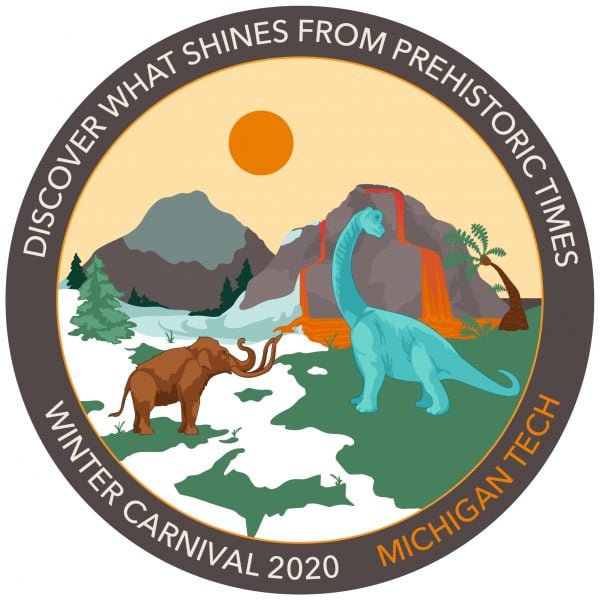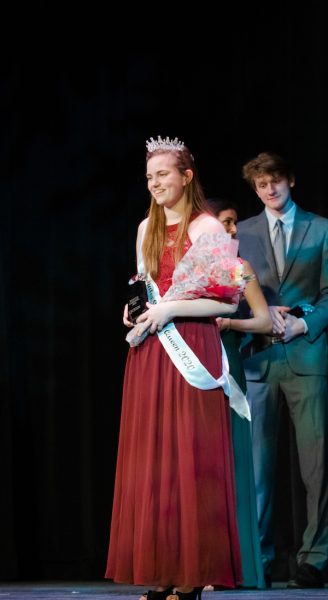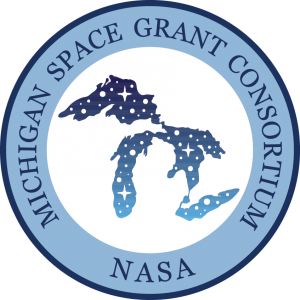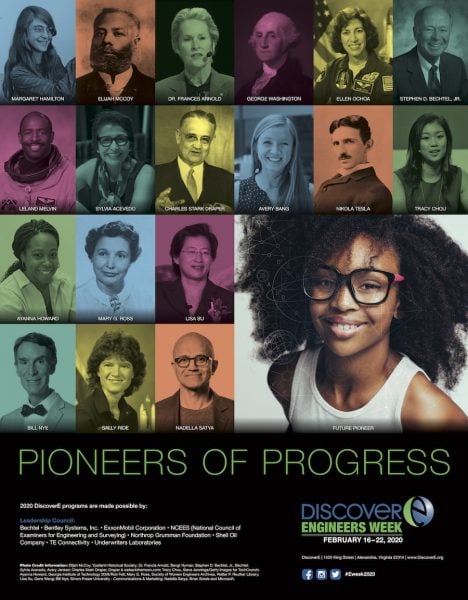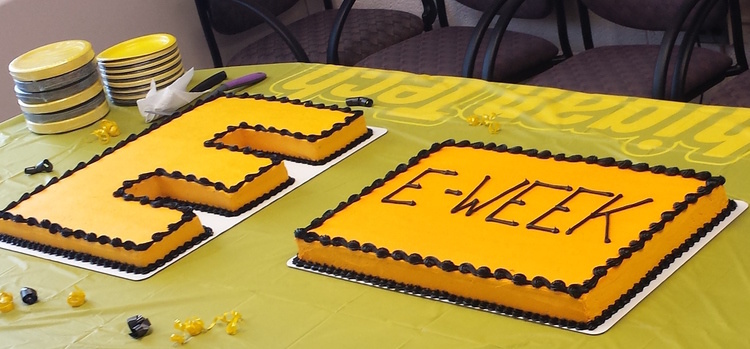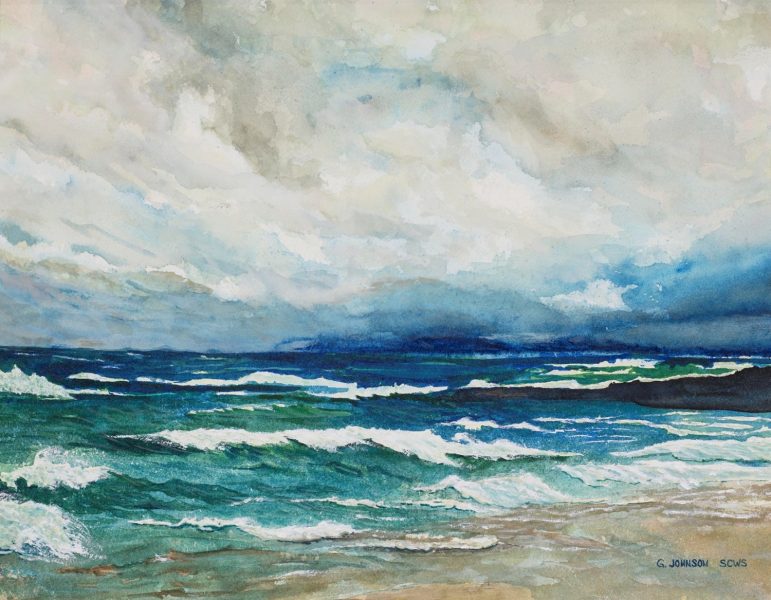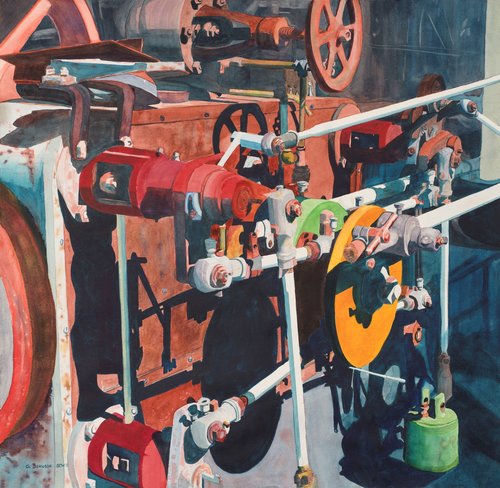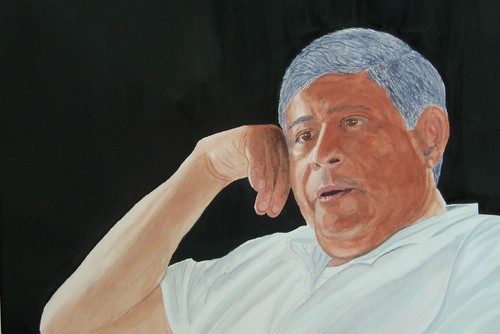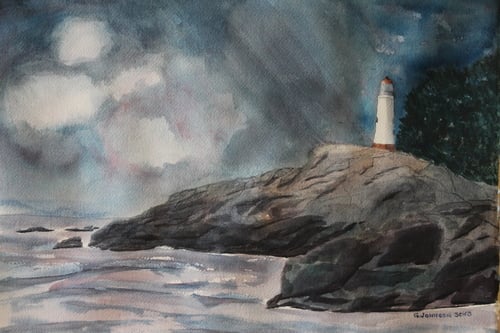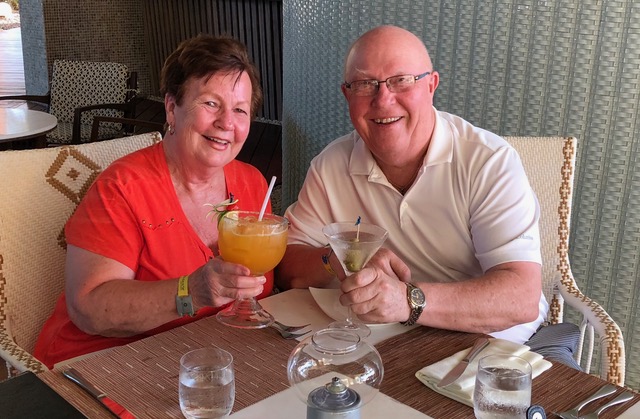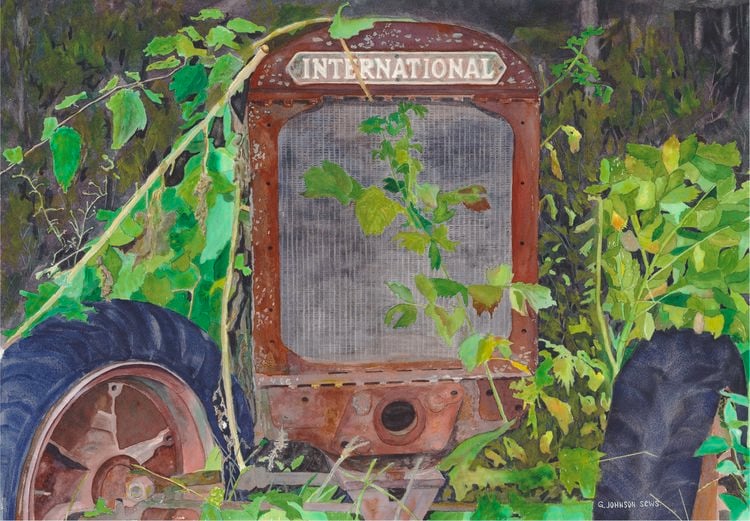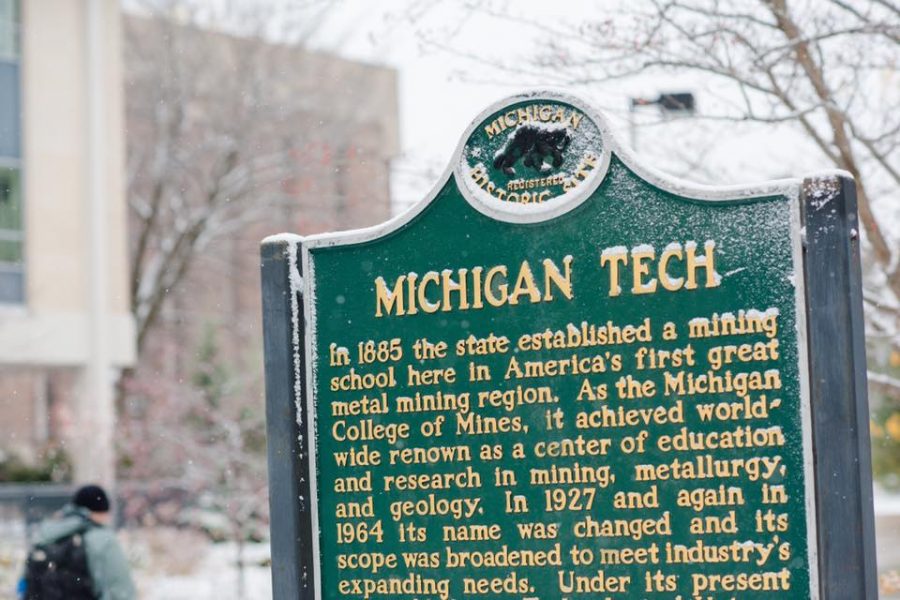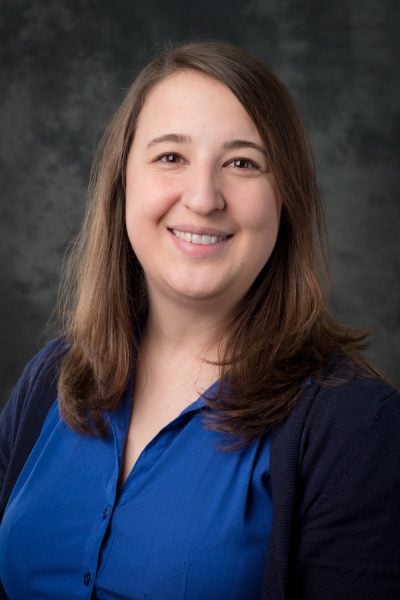
Janet Callahan , Dean of the College of Engineering, has selected our eighth Deans’ Teaching Showcase member: Rebecca Ong, assistant professor in the Chemical Engineering department.
Ong was selected upon recommendation by Chemical Engineering Department Chair Pradeep Agrawal for her broad innovation and use of creative teaching tools. Agrawal emphasized Ong’s efforts to “adapt to students’ contemporary learning preferences by using short videos, instant feedback, on-line quizzes, and a design expo with active learning tools like think-pair-share, iclickers, and role playing.” Agrawal also pointed out Ong’s use of a “spiral” technique where specific concepts are revisited through spaced practice, and her efforts to “connect the dots” with topics from previous classes, including statistics and data handling, computational tools, technical communications and global issues.
Ong confirms that she makes repetition —and variation—a priority. In her words, “Repetition of material is key for retention. Even with the clearest instruction, few people will completely understand a new problem the first time that they encounter it. Students need to be exposed to important points multiple times, and in different ways.” She starts each class with retrieval practice, and she attempts to bring content back with “increasingly large gaps between the reinforcement” as her quizzes often cover a mix of new and old content.
Her work to embed skills in the discipline comes from her sense that things are “most engaging and best learned when linked to a context students care about.” One excellent example of this is a recent project where students had to conduct an environmental impact assessment regarding the overseas construction of a chemical plant. She elaborates, “Students had to interview someone from another country or with many years experience living in another country to give a local community member’s perspective on the proposed construction of the facility in their hometown.” Student feedback about this project indicates that students change their analysis from whether a plant was technically feasible to consider whether it should be built, considering the environmental and social aspects.
But perhaps the biggest reason for Ong’s selection was her affinity for trying new things in her teaching. Again, her own words say it best: “I like to try new things all the time, whether teaching styles, new activities, new assignment styles, new technology or tools in the classroom. Sometimes these work well and sometimes they don’t. I always tell the students when I’m experimenting and try to get feedback about specific things I’m trying for the first time.” One recent example was creating video interviews of other on-campus faculty to use as “guest-lecturers” in a course because scheduling them live was impractical.
Callahan summarizes her nomination by saying “Rebecca’s philosophy of meeting students where they are at intellectually keeps students engaged with the material and really improves their learning. It is impressive that Dr. Ong keeps trying new things in her classes, trying to keep them fun for the students while figuring out the best way for students to learn the material.”
Ong will be recognized at an end-of-term luncheon with other showcase members, and is also a candidate for the CTL Instructional Award Series (to be determined this summer) recognizing introductory or large-class teaching, innovative or outside the classroom teaching methods, or work in curriculum and assessment.
